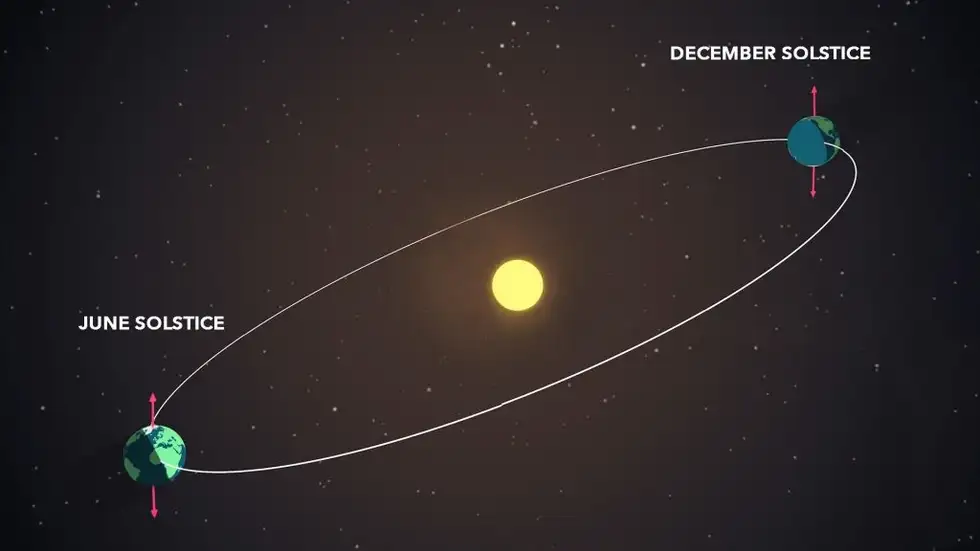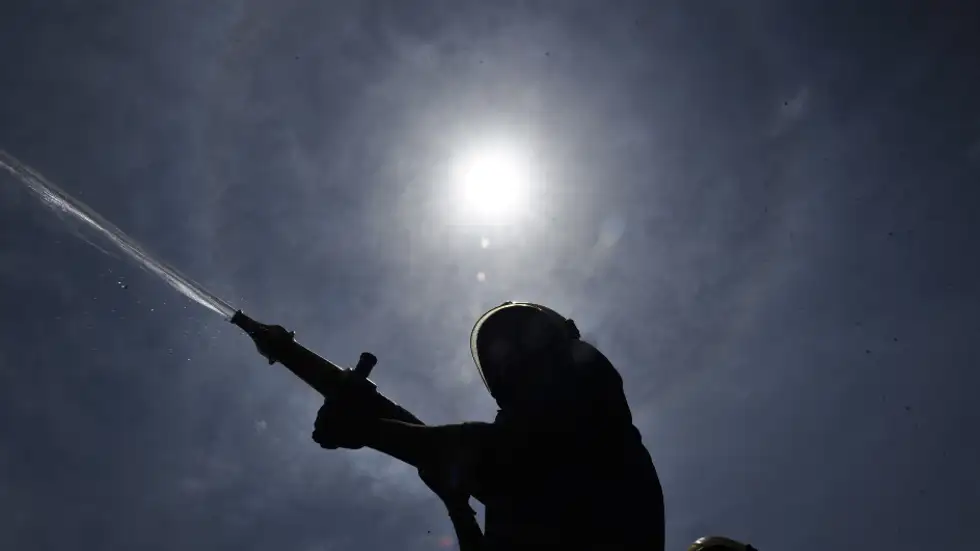Summer is almost officially here.
The June summer solstice, which marks the official start of the season and the longest day of the year, is set to take place on Wednesday.
Here’s what you should know:
When is the first day of summer?
The summer solstice takes place at 9:58 a.m. CT Wednesday, June 21.
On that date, the city of Chicago will see 15 hours, 13 minutes and 41 seconds of daylight, with sunset occurring just before 8:30 p.m.
What is the summer solstice?
The summer solstice is the time when the sun reaches its highest and northernmost points in the sky, according to the Farmer’s Almanac.
It is also known as the day with the longest period of sunlight, or the longest day of the year – for those in the Northern Hemisphere.
While the solstice does not take place at the same time each year, is typically falls anytime between June 20-22.
It is considered to be the first day of summer in astronomical terms, though meteorological summer technically began at the start of the month.
Contrastingly, the winter solstice, which takes place on Dec. 21 this year, will mark the start of winter.
“The Sun’s arc has been getting higher in the sky every day since the winter solstice, which occurred in Chicago on December 21, 2022,” Chicago’s Adler Planetarium reports. “As the Sun’s arc gets higher, daylight hours get longer. On the summer solstice, the Sun’s arc stops getting higher. After that point, the Sun’s arc will appear lower each day, and daylight hours will gradually get shorter. It will keep getting lower each day until December 21, the 2023 winter solstice in the northern hemisphere.”

Why is it called a solstice?
According to Adler, the word solstice “means that the arc of the Sun—or Sol—stops in the sky.”
The word has a Latin origin, coming from solstitium – sol, which means sun, and stitium, which means “still or stopped,” the Almanac reports.
Sunrise and sunsets during the summer solstice
While the solstice marks the day with the most sunlight, it does not mark the date of the earliest sunrise or latest sunset.
In Chicago, the earliest sunrise, which usually takes place before the solstice, was seen earlier in June.
The latest sunset is still to come, however.
But, according to the Almanac, the sun will set more slowly around the time of a solstice, meaning “it takes longer to set below the horizon.”

What else to expect
As the summer solstice arrives in the Northern Hemisphere, scientists at NASA say that a busy period of solar events is set to begin, with eclipses and a number of other phenomena taking place.
There will be not one, but two, solar eclipses in the next 12 months, and both will at least be partially visible from the Midwest.
The first will take place on Oct. 14, 2023. While a total eclipse will take place across parts of the southwestern United States, a partial eclipse will also be visible across the Midwest, with about 50% coverage over western Illinois and slightly-less coverage over parts of the Chicago area.
The main event from an eclipse perspective will take place on April 8 of next year, with a total solar eclipse visible across a wide swath of the Midwest. While that will not take place in Chicago, large portions of Indiana, including Indianapolis, will see the total eclipse, which will last for several minutes during the afternoon hours.
Finally, NASA says that the sun is reaching the peak of an 11-year solar cycle, which could cause a variety of impacts in coming months.
Every 11 years, the sun’s magnetic field flips. These flips can cause dramatic changes in activity on the sun’s surface, with solar flares and coronal mass ejections potentially impacting Earth in a variety of ways.
The Northern Lights can become more pronounced and visible in new locations during those times, and radio communications and even electricity grids can be impacted on Earth.
Repost:CHICAGO WEATHER
Web:https://weiypaper.com/news/
Web:https://weiyipaper.en.alibaba.com/?spm=a2700.shop_index.88.5
